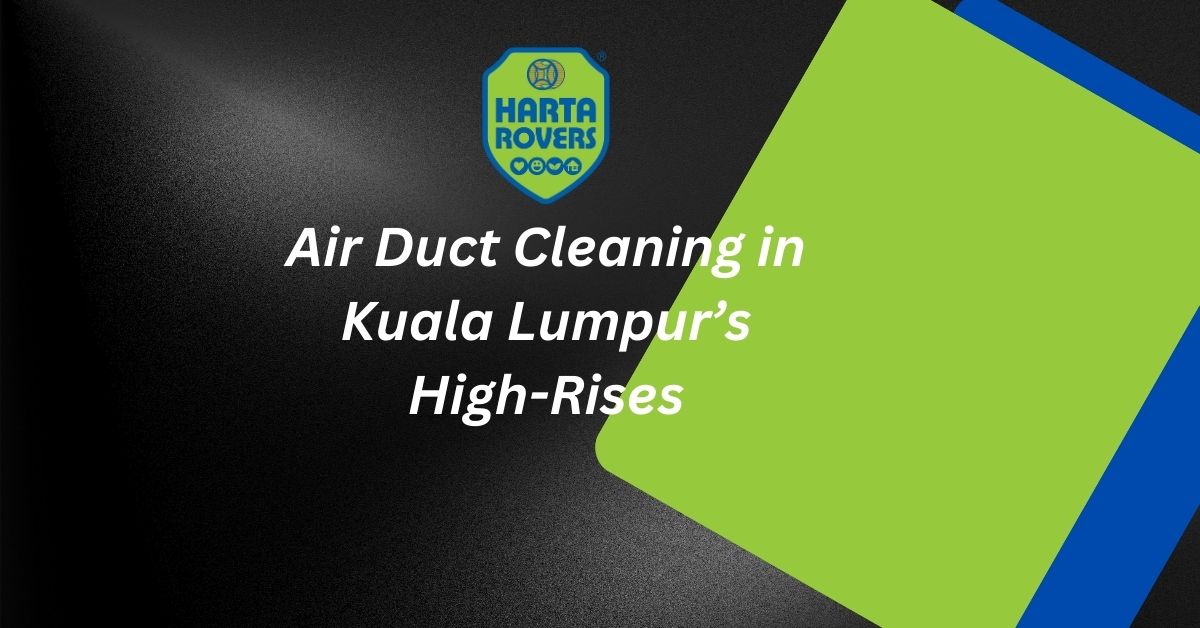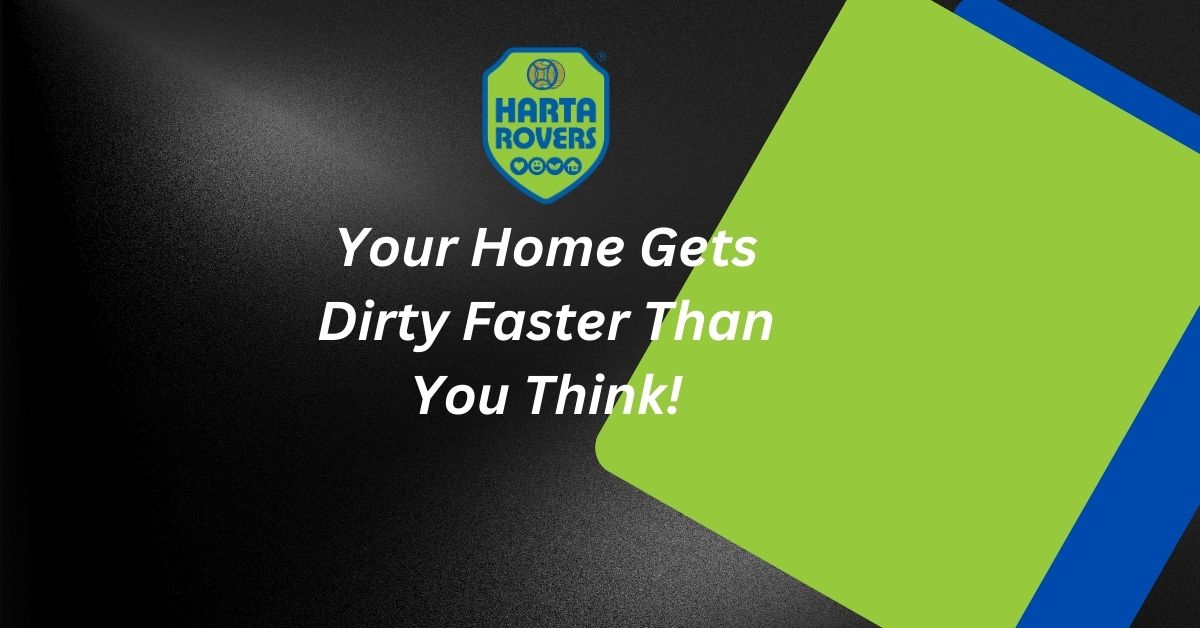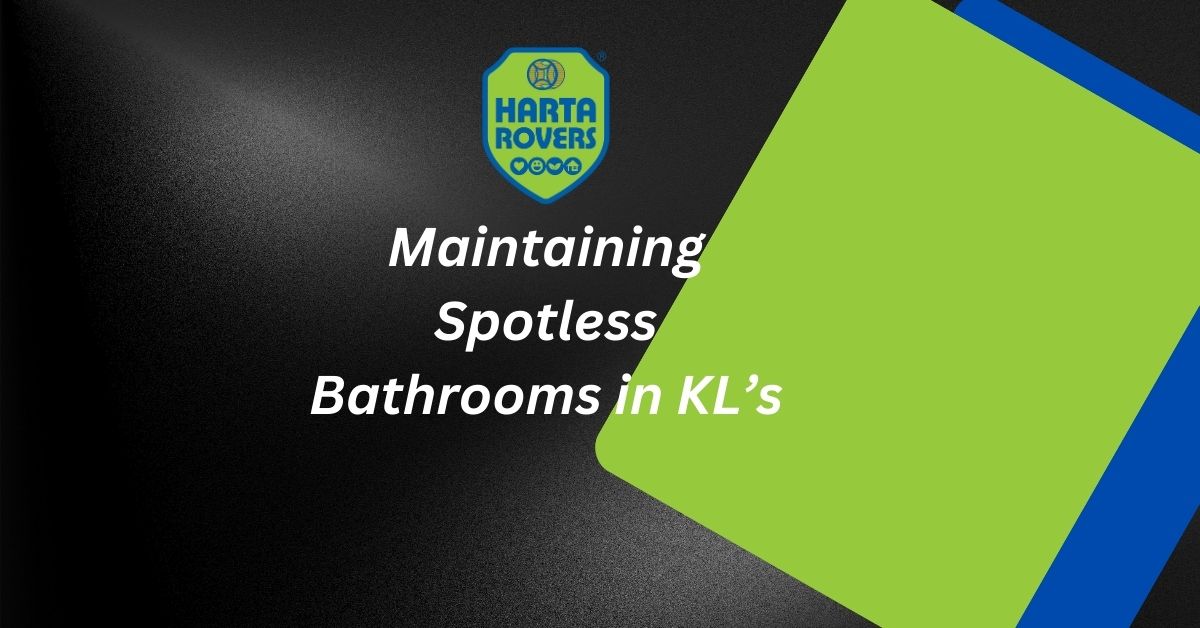Hidden within the walls of every KL condominium lies a neglected cleaning frontier: the air conditioning duct system. These labyrinthine channels accumulate a toxic cocktail of dust mites, dead skin cells, and fungal spores—all recirculated through living spaces whenever the AC runs. Studies in KL buildings have found duct contamination levels up to 8 times higher than outdoor air pollution, explaining why residents often experience allergies despite spotless homes.
Traditional duct cleaning methods often fail in high-rises due to complex layouts and inaccessible sections. The gold standard involves robotic cameras to map debris deposits, followed by truck-mounted vacuum systems that generate negative pressure to extract contaminants without spreading them. KL’s humidity adds another layer of complexity—moisture in ducts promotes mold growth, requiring specialized UV light treatments post-cleaning.
Condominium management teams are waking up to this issue, with premium buildings like those in KLCC now mandating biennial duct cleaning. Homeowners can take interim steps: replacing filters monthly during peak usage (especially important for units near construction sites), using duct sanitizing sprays, and ensuring drip pans are clean to prevent microbial breeding grounds. The most telling sign of dirty ducts? A musty odor when the AC starts—KL’s version of a smoke alarm for indoor air quality.
Professional duct cleaning isn’t just about health; it’s an efficiency play. Clean systems use 15-20% less energy, a significant factor given KL’s year-round cooling needs. As the city’s skyline grows ever taller, this invisible cleaning challenge will only become more critical to urban living.



